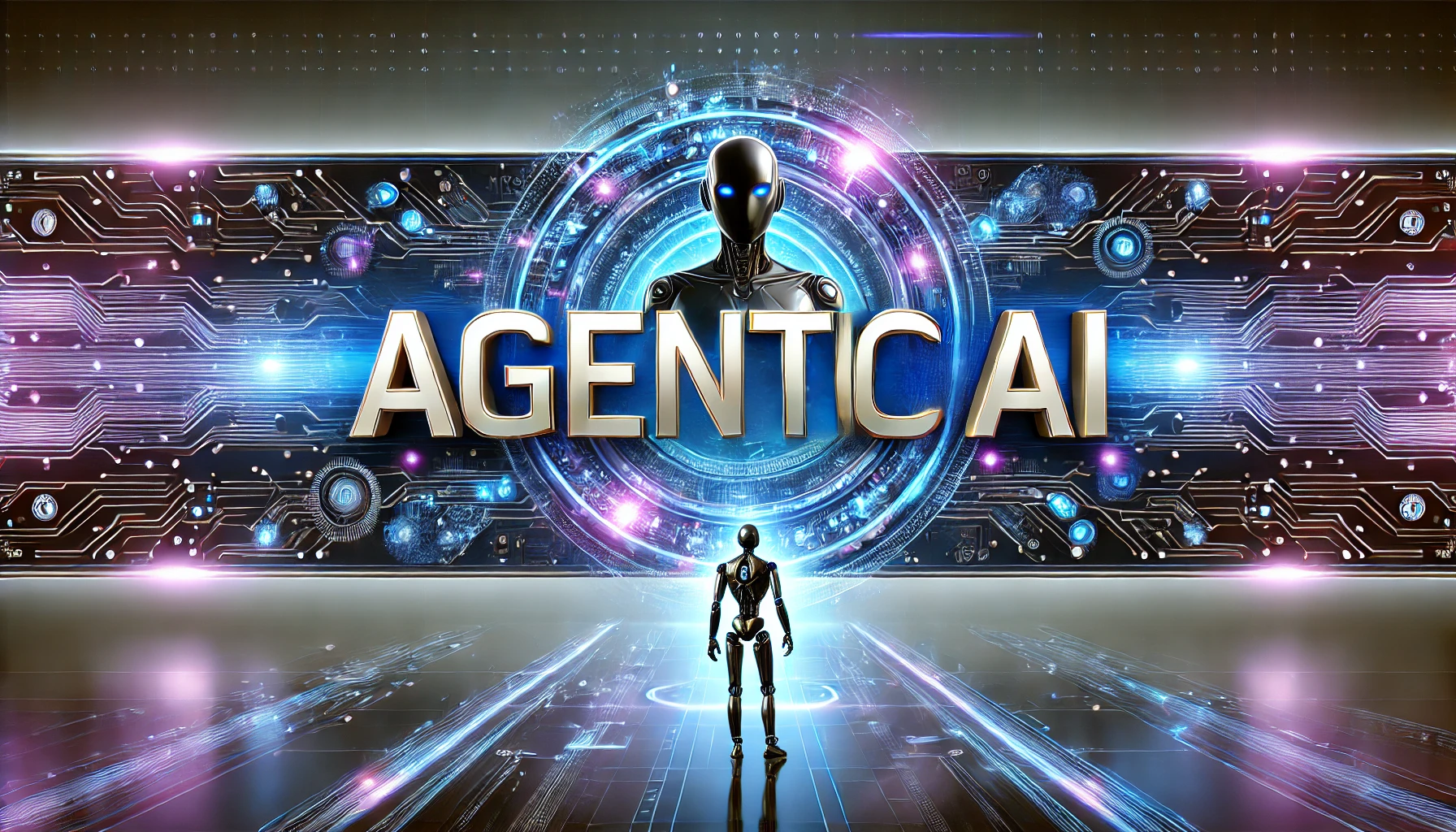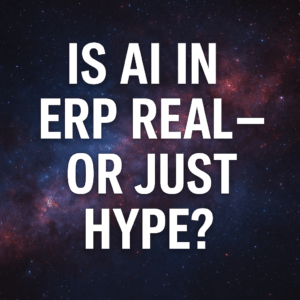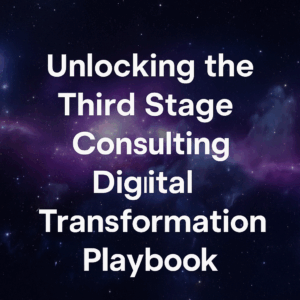When most people hear the word “AI,” their minds immediately jump to the usual suspects: ChatGPT, Google Bard, Microsoft Copilot. These tools have become increasingly integrated into our daily lives—answering questions, generating content, helping us code or draft emails. They’re useful, they’re powerful, and they’ve changed how we think about work. But what if this was just the tip of the iceberg?
A more revolutionary concept is quietly emerging in the world of artificial intelligence: Agentic AI. Unlike traditional AI, which needs a human to prompt it, agentic AI goes far beyond. It can set its own goals, make decisions, and take action—all without any human intervention. This blog will explore what agentic AI really is, how it’s being used today, where it’s headed, and the risks businesses and society need to consider.
Table of Contents
ToggleWhat Is Agentic AI?
To understand agentic AI, it helps to contrast it with more traditional forms of artificial intelligence.
Traditional AI systems are passive tools. They require user input—a question, a command, a direction. You tell ChatGPT to write an email, and it does. You ask Bard to summarize an article, and it responds. The intelligence is reactive, not proactive.
Agentic AI flips this model on its head.
At its core, agentic AI is about autonomy. These systems:
- Gather and process data (both internal and external)
- Make decisions based on that data
- Take independent action based on those decisions
- Learn continuously from feedback, adjusting future decisions accordingly
It’s not just that these systems can act without human involvement. They’re designed to.
A helpful analogy? Think of traditional AI as GPS—giving you directions, helping you navigate, but requiring a driver. Agentic AI is the self-driving car—it collects data, determines the route, makes turns, and adjusts in real-time, all without your input.
Key Capabilities of Agentic AI
To appreciate how transformative this is, let’s break down its core capabilities:
1. Autonomous Decision-Making
Agentic AI doesn’t need to wait for instructions. It analyzes situations and makes judgment calls. For instance, if a warehouse is running low on a critical part, agentic AI can detect this and place a replenishment order—without a human triggering the action.
2. Continuous Learning
Unlike rule-based systems that follow fixed instructions, agentic AI evolves. It learns from mistakes, adapts to new data, and optimizes its performance over time. It’s dynamic, not static.
3. Goal-Oriented Behavior
Agentic AI can work toward defined objectives. Whether the goal is improving delivery times, reducing machine downtime, or optimizing customer service, it can create and execute strategies to reach those goals.
4. Real-Time Response to Change
External data—like market shifts, geopolitical events, or even the weather—can be absorbed and acted upon immediately. A hurricane disrupting a shipping lane? Agentic AI reroutes supply chains without waiting for a manager to notice.
Real-World Use Cases of Agentic AI
The theory is fascinating—but how is agentic AI being used right now?
1. Supply Chain Management
Global supply chains are incredibly complex, and disruptions are inevitable—be it from political instability, labor strikes, or natural disasters. Agentic AI can analyze these variables in real time and take corrective actions. If a port closes, the AI can reroute shipments, notify stakeholders, and rebalance inventory across the network without human involvement.
2. Customer Service and Chatbots
Customer expectations are higher than ever. Agentic AI-driven bots are increasingly replacing traditional support agents, capable of handling tasks like returns, order changes, product questions, and troubleshooting—without escalating to a human. These bots learn from every interaction, continuously improving response accuracy and customer satisfaction.
3. Manufacturing Optimization
Pair agentic AI with robotics and you get a fully autonomous factory floor. It can predict machine failures before they happen, redirect robot tasks, reorder supplies, adjust production schedules, and reroute products based on demand spikes—all in real time. It’s the embodiment of Industry 4.0.
4. Predictive Maintenance
In sectors like energy or aerospace, unplanned downtime can be catastrophic. Agentic AI monitors sensor data 24/7, detects anomalies, predicts when a part is likely to fail, and automatically schedules repairs or orders replacements. It doesn’t just react—it preempts.
Ethical and Operational Risks of Agentic AI
As with any powerful new technology, the benefits come with serious considerations. The risks aren’t just technical—they’re ethical, regulatory, and societal.
1. Lack of Human Oversight
How much autonomy is too much? When a system makes decisions independently, where do we draw the line on accountability? If a mistake causes financial or physical harm, who’s responsible—the machine, the programmer, or the organization?
Organizations need to set clear guardrails for when humans should intervene—and design feedback loops that keep humans in the loop when it really matters.
2. Bias and Discrimination
AI learns from human data, and human data is messy. Agentic AI systems can perpetuate or even amplify bias. A hiring algorithm trained on biased data may exclude qualified candidates based on gender or ethnicity. Without checks and balances, agentic AI can unintentionally reinforce systemic inequalities.
3. Security Vulnerabilities
Every agentic AI system is another potential entry point for cyberattacks. These systems are connected to ERP systems, cloud storage, customer data, and more. If an attacker compromises the AI, they may gain control over critical systems—or use it as a backdoor to launch broader attacks.
4. Regulatory Uncertainty
Laws haven’t caught up with AI. Governments are still debating how to regulate agentic systems. Should they be allowed to make employment decisions? Can they be held liable? What happens when they disrupt labor markets? Without clear regulations, businesses face legal uncertainty and potential backlash.
The Future of Work with Agentic AI
Perhaps the most pressing question is: what happens to us?
Will agentic AI displace human workers? Or will it become a powerful ally that makes our jobs easier and more efficient?
The truth is, it’s likely to do a bit of both.
1. AI as a Coworker
In the near future, many professionals may find themselves working with AI agents that handle repetitive, time-consuming tasks. A project manager might rely on an AI assistant to coordinate schedules, manage budgets, and monitor risks. A marketing executive might use agentic AI to test and optimize campaigns across channels.
These systems could become digital teammates—ones that never sleep, don’t burn out, and get smarter over time.
2. Redefining Digital Transformation
Digital transformation used to mean implementing pre-built software solutions like ERP or CRM platforms. Agentic AI introduces a new paradigm: intelligent systems that can evolve with your business.
Instead of configuring tools to fit a static process, businesses can deploy agentic systems that dynamically adapt to new challenges and opportunities. This isn’t evolution—it’s revolution.
3. Job Displacement and Reskilling
Some roles will become obsolete. But new roles will also emerge. Organizations must prepare their workforce for this shift. Reskilling programs, digital literacy initiatives, and cross-disciplinary training will be essential to help employees adapt and thrive.
How to Prepare Your Organization for Agentic AI
If you’re wondering what to do next, here are some key recommendations for leaders:
- Start with Strategy: Don’t chase AI hype. Define clear business problems you want to solve and evaluate whether agentic AI is the right fit.
- Create Ethical Frameworks: Establish policies that govern decision-making, data usage, and human oversight.
- Focus on Integration: Ensure your IT infrastructure can support real-time data flow across systems. Agentic AI is only as good as the data it can access.
- Invest in Talent: Hire or train talent that understands both AI and your business context. You need interpreters—people who can bridge the gap between data science and operations.
- Prioritize Security: Review cybersecurity protocols and plan for AI-specific threats. Conduct regular audits and build in redundancies.
Final Thoughts
Agentic AI is no longer a futuristic fantasy. It’s here—and it’s quietly reshaping industries across the globe.
Whether it becomes our most valuable teammate or a source of disruption depends on how we prepare for it now. Organizations that embrace this shift thoughtfully—balancing innovation with governance, automation with ethics—will find themselves not just surviving, but leading the next wave of transformation.
The question isn’t whether agentic AI will change your business. The question is: Are you ready for it?






